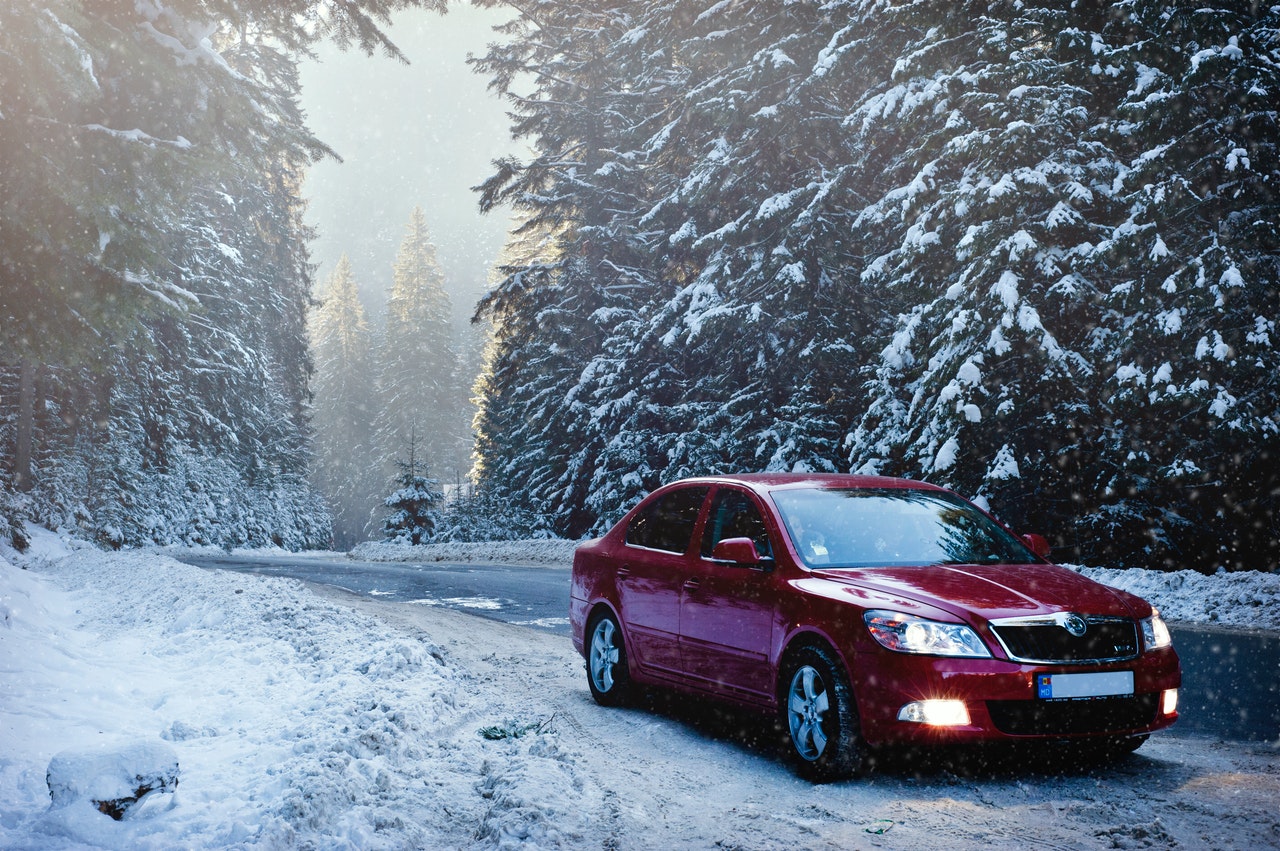Being a driver in the winter can bring some unique issues that can hinder your car’s performance and the safety of everyone on the road. As an auto-driver, you need to be aware of the complications colder temperatures can bring to your driving to ensure you are safe to be on the road and don’t present a risk to other road users. Especially if you frequently need to drive on highways or complete long journeys.
Follow these top tips for preparing your vehicle for safer driving this winter.
Get A Tune-Up
When is the best time to get your car serviced? Fall is a good time. Pings, hard starts, sluggish performance, and rough idling are exacerbated by the cold winter weather, intensifying existing issues. Check your owner’s manual for the recommended maintenance schedule and adhere to it. If you don’t feel confident doing so yourself, call your mechanic to book in for a winter service and check over.
Check Your Heater
Winter car maintenance should not begin on the day that temperatures drop below freezing and you discover that your heater isn’t working correctly. Before winter comes, use the heater or defroster in the fall, check to see if they are in proper working order. If they aren’t, get them fixed as soon as possible.
Change Oil and Filters
Oil changes regularly help to prevent overheating and the accumulation of grime. Regular oil changes also improve fuel efficiency while decreasing the likelihood of engine failure.
It’s essential to schedule an oil change before winter because oil becomes thick and sluggish in colder temperatures. If you live in a cold climate, you might want to consider switching to “winter weight” oil. When it’s cold outside, you might want to keep your oil warm. Consider investing in an electric blanket for the oil system of your vehicle.
Keep Tires Correctly Inflated
Low tire pressure can be a direct result of cold temperatures. This is because cold weather causes air molecules to contract. Every 10 degrees Fahrenheit drop in temperature results in a loss of between 1 and 2 pounds of pressure per square inch (PSI). As a result, a typical 20-degree drop in temperature could result in your tires losing 4 pounds of pressure per square inch.
You might be best investing in winter-specific tires. These will be designed to help your vehicle cope with inclement weather conditions and provide a safer driving experience. Check out the correct Tire Selection for your vehicle.
Check Your Brakes
Brakes are the most critical safety system in your vehicle (after you, the driver). Preventive maintenance should be performed on your brakes and fluid before ice and snow put your brakes through their paces. You should check your brake pads and replace them if necessary so that you can stop in an instant, even on slick winter roads.
The emergency brake should also be checked as well. Even if your brake pads are in good condition, the cables or mechanical elements of your vehicle can seize or break, especially if they have been sitting idle for an extended period of time.
Thanks for reading and y’all stay dandy.
-Diego
Follow me on Instagram and Pinterest for more menswear inspiration.
(Some of these links may contain affiliate links, so that means if you click and buy something, I get a cut. It helps keep the site going! Full Disclosure)
